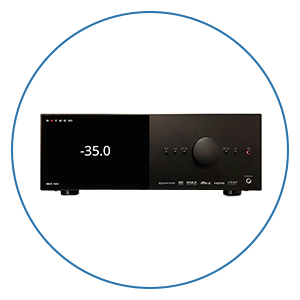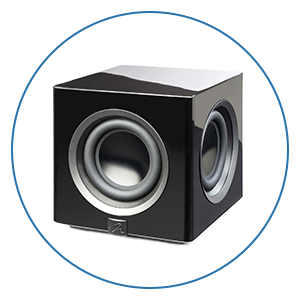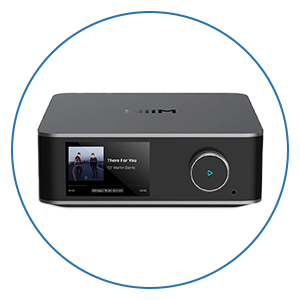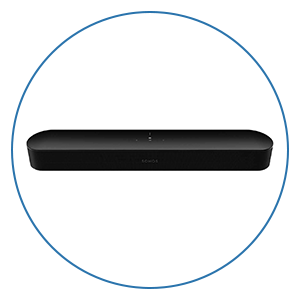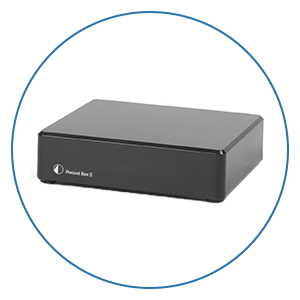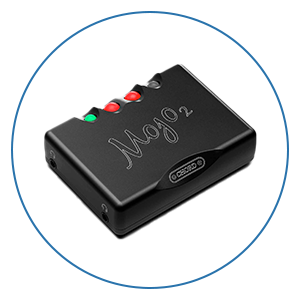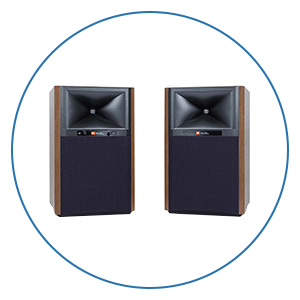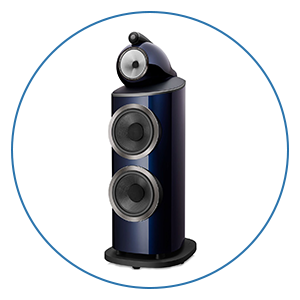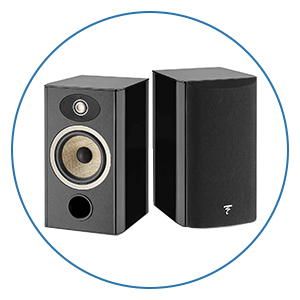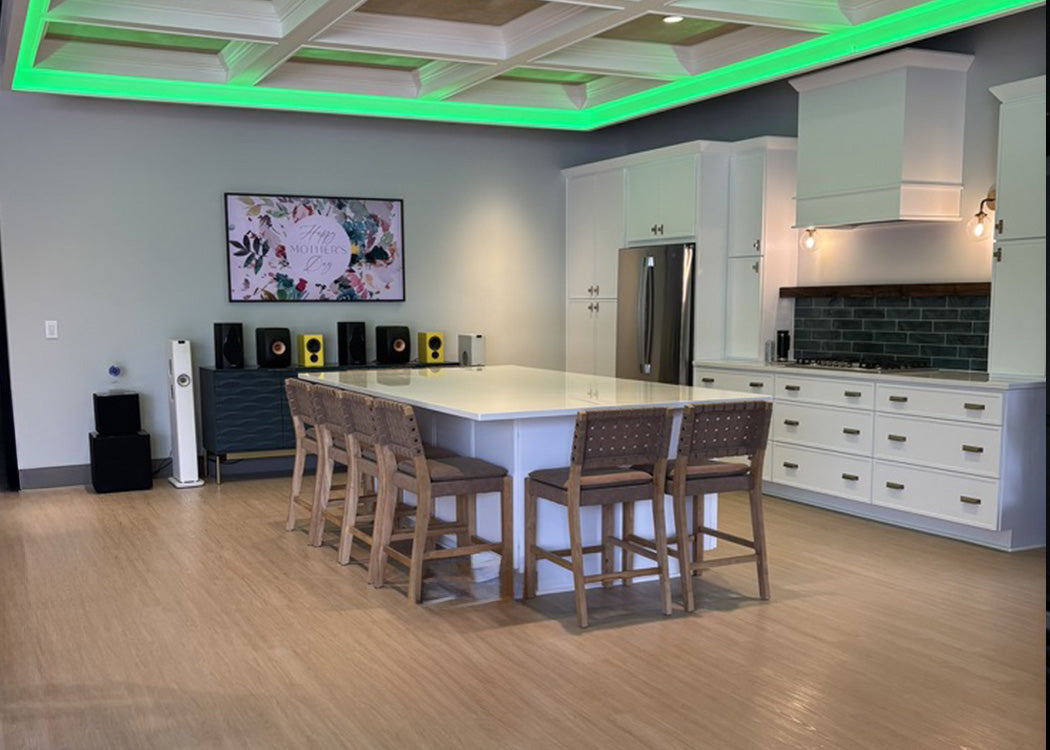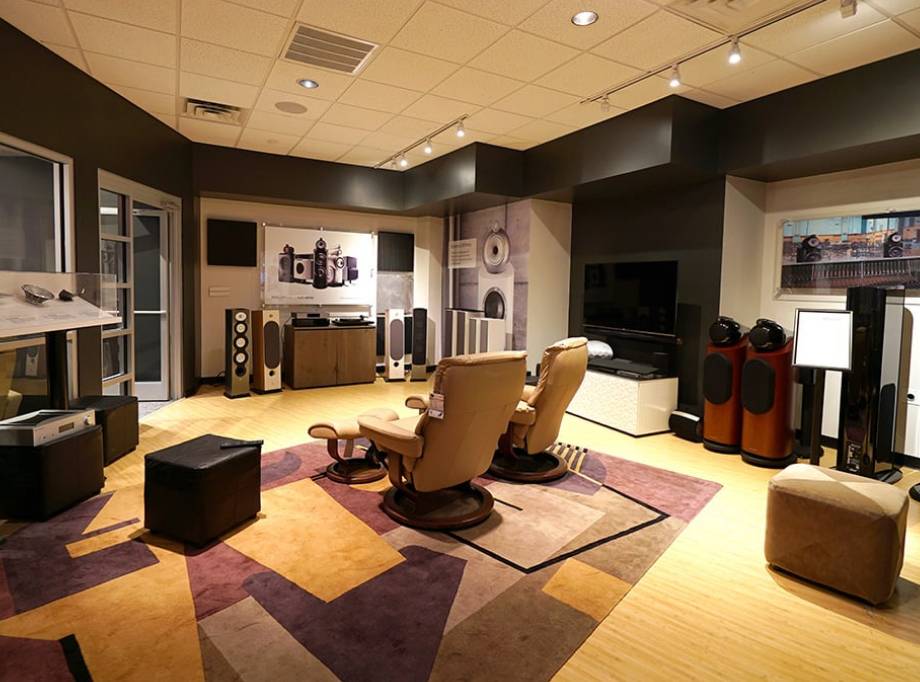How to DIY an AV Receiver Rack for Home Theater

Why DIY an AV Receiver Rack?
When you start planning your ultimate home theater an important aspect to consider is where you will set up all your home theater equipment. If you have separate components and multiple gaming consoles, you’ll find that you might need a considerable amount of space.
One of the best ways to house your gear is in a commercial-like equipment rack. These types of racks have been used for decades in data centers, studios, concert halls, and high-performance home theaters. We like them because they are very easy to service and make changing things out as you upgrade super simple.
In this article, we will go over how to plan out your ultimate rack setup and give you some tips that will help make you really proud of the outcome.
Planning
The first thing to do is put together your list of equipment and gather up the heights and weights of the gear. Rack shelves come in designations of sizes called a “U”, or unit. A single “U” is 1.75” tall.
It is always a good idea to plan for future expansion. The companies that make equipment racks not only have rack shelves but rack spacers you can put in between shelves for ventilation or as a placeholder for components you might want to add in the future.
Pro Tip: Use a spreadsheet to enter all of the data about your gear, then you can move the cells around to “virtually” build your rack. You can have a running total of the number of rack spaces at the bottom.
As you layout your rack virtually in a spreadsheet, try to fill the rack from top to bottom using both the shelves for your gear and some spacers. If you have amplifiers that generate some heat, it is always a good idea to put a 1U spacer in between them. You also may want to plan for a ventilation system that might take up a 1U or 2U space.

Laying Out Components
We like to start with the heaviest components on the bottom. When you think about how these will be spaced out, consider which of your components you might need to access at a comfortable height. Are you loading discs into a game console or Bluray player? Will you want to be able to push buttons and see the display on the front of your surround sound processor or home theater receiver? Try to position the gear to get these components at a comfortable height for you. This might mean adding some rack spacers, but that is fine. It is always great to have extra space for the future.
Many ventilation fan systems will pull air in, then push it out the top of the rack. Allow room for something like this on the very bottom of the rack. We especially like the kinds with a thermostat and a variable speed fan that will change speeds based on the temperature of the components.
Pro Tip: When you are picking out your rack shelves, we prefer the kind with ventilation holes as opposed to solid shelves. This will give your ventilation system much better airflow.
Wiring Your Components
Once you have all of the gear in your rack, the fun part (at least for us home theater geeks) begins.
Pro Tip: If you are planning the wiring of your home theater in the initial phase, we highly recommend you leave lots of slack at the equipment location. You want to account for pulling out the rack for service and running the wire up into the rack and over to the components. Wire ties or velcro strips are your friends.


We recommend you run your power and control cables down one side of your rack, and your signal cables down the other. It is not a good idea to run speaker or audio cables parallel to electrical cables. Keeping them on opposite sides of the rack will assure that you have no interference. When you think about the cable lengths, it is not the distance between components, but the distance from the connector, over to the side, down, then over to the connecting end, with enough slack at each end for service and reducing cable stress.
If you have some extra cable, you can simply coil it, wire tie it, then you have room if you need to move things around later.
Pro Tip: * HDMI cables are more sensitive than others to fall out of their jack. Use wire ties to keep the pressure off them so they will stay plugged in. This actually applies to all cables but is especially important with HDMI cables.*
Color coding your cables is another way to make servicing simpler. You can do this with different color cables or colored electrical tape at the ends where you need to quickly identify them.
We have seen lots of incredibly beautiful equipment racks where every cable is the exact length needed to get to the connector and no more. While these look good initially, changing components or serving this type of layout can be a future nightmare. It is better to sacrifice a perfectly neat look from the rear for a wire layout where you have some slack for expansion and cable tension reduction.
Pro Tip: Once you have everything planned and are ready to start wiring, find an office-type swivel chair on wheels and sit in that as you wire things up. Get one of these headlamp lights from your hardware store and have your wire ties and cutter on a table next to your chair. Cut the wire ties as close as possible to the connector with a sharp pair of snips to prevent sharp edges.
Future Service
The wiring inside your rack will need some slack as we discussed above, but there will also be a bundle of speaker wire, one or two HDMI cables, and an ethernet cable that exits your rack. We like to tie these together and keep them separated from the main power cables just like we did in the rack. If you are pushing your rack back into a closed space, think about how the cables coming out of the rack will bend and fold to reduce stress and make them easy to pull back out when you move the rack out.
It will add some time to your initial build, but will save you a lot of frustration in the future if you spend an extra minute or two on each cable to label it on both ends. A good label maker is well worth the cost for ease of identification in the future.


We hope this article has given you some good ideas and tips for planning out your future home theater equipment rack.
At Audio Advice, we've been designing and installing high-performance home theaters & smart home systems for our customers in Raleigh, Charlotte, and Wilmington, North Carolina, and surrounding areas for decades. In fact, we've delivered more custom theaters than anyone in the Southeast! We are now offering Home Theater Design no matter where you live in the United States! If you are interested in a custom home theater or upgrading your current system, give us a call 888.899.8776, chat with us, or stop by our Raleigh and Charlotte, North Carolina showrooms. We can't wait to help you build your ultimate home theater!


